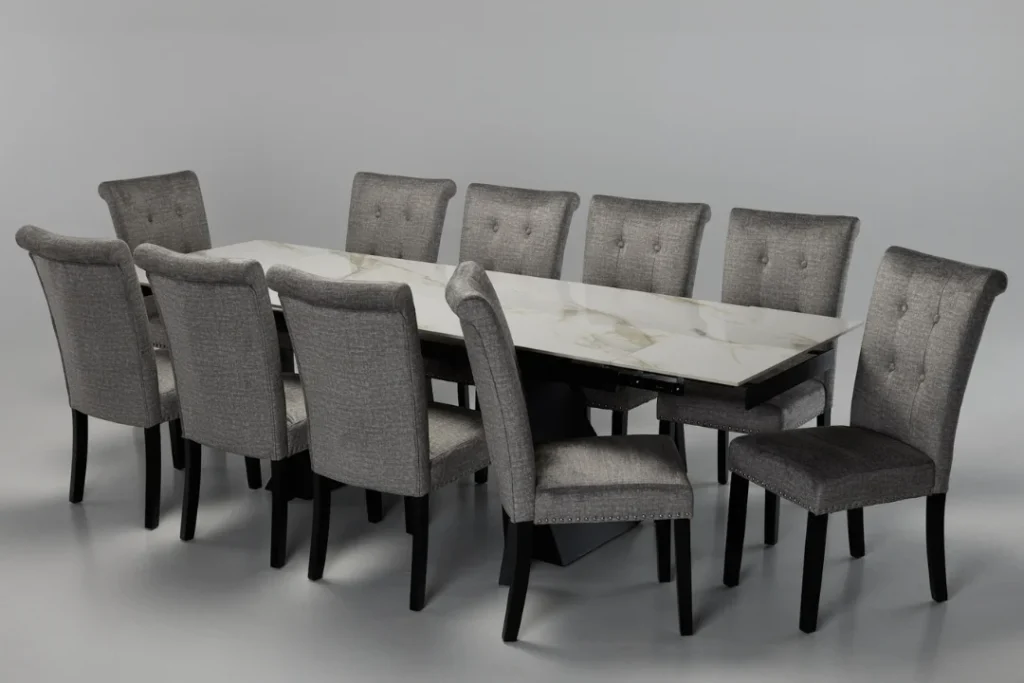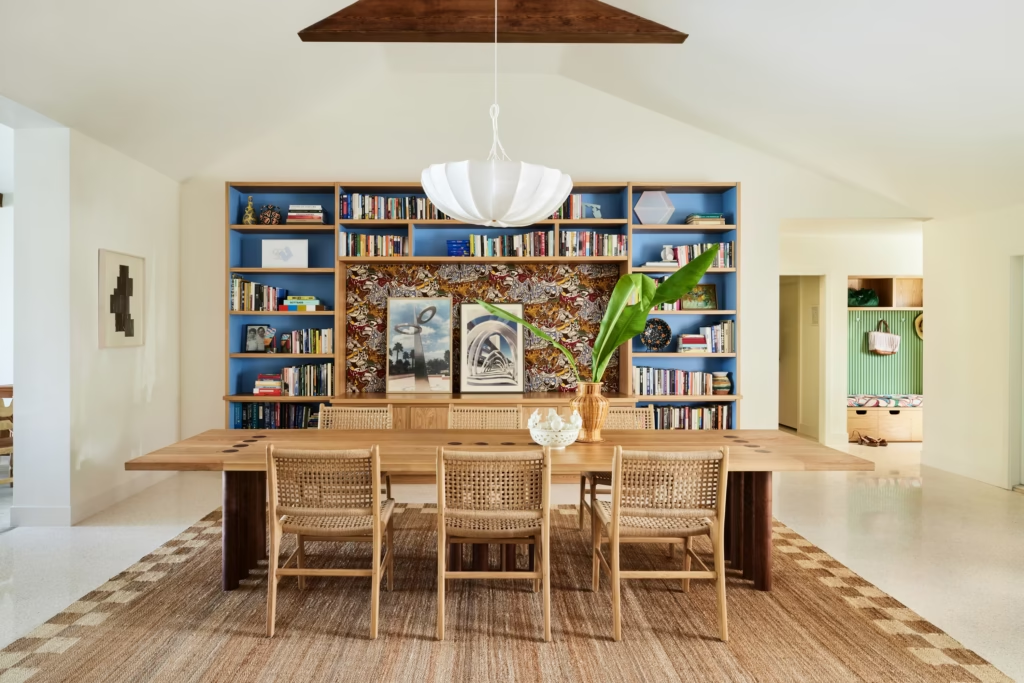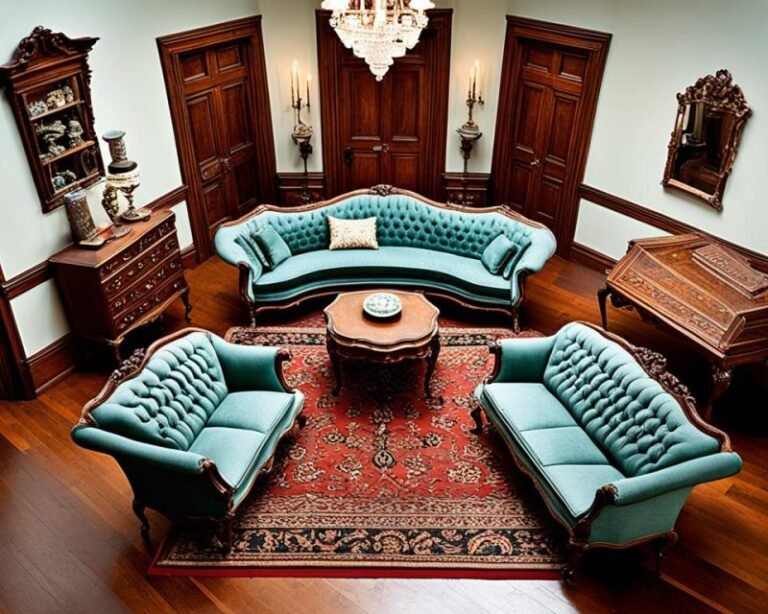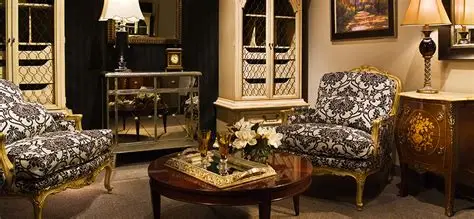
Choosing the right dining furniture is essential for creating a space that’s both attractive and practical. Whether you’re furnishing a small breakfast nook or a large dining room, selecting pieces that suit your lifestyle and home design will elevate your dining experience. Here’s a detailed guide to help you navigate the buying process with confidence.

Assess Your Space
Before purchasing, measure your dining area carefully. You want to ensure there is enough room around the table for chairs and foot traffic. A good rule of thumb is to leave at least 36 inches of clearance between the table edge and walls or other furniture. This space allows guests to move comfortably without feeling cramped. Understanding your space will help you select the right table size and shape.
Choose the Right Table Shape and Size
The shape of your dining table should complement the shape of your room and your seating needs. Rectangular tables work best in long, narrow rooms and can accommodate many guests. Round tables are perfect for smaller or square rooms and encourage easier conversation, while square tables offer a balanced look for more symmetrical spaces. If you often entertain, consider an extendable table, which provides extra seating when needed without taking up permanent space.
Pick Durable and Attractive Materials
The materials you choose impact both the look and longevity of your furniture. Solid wood tables, like those made from oak, maple, or walnut, are classic and sturdy choices that can last for decades. Engineered wood is more affordable but generally less durable. Glass tops offer a modern and sleek appearance, but they may show fingerprints and require frequent cleaning. Stone or marble tables add luxury but can be more prone to stains and scratches; engineered stone is a practical alternative that combines beauty and resilience.
Prioritize Comfort and Functionality
Comfort is just as important as style. Chairs should have the right height so diners can sit comfortably—there should be about 12 inches between the seat and the table edge. Aim to provide about 24 inches of space per person to avoid overcrowding. Additionally, furniture with multifunctional features, like tables with built-in storage or extension leaves, can enhance the usability of your dining area.
Consider Your Lifestyle
Your daily routine and household dynamics affect what furniture works best for you. Families with young children may want to choose stain-resistant fabrics and durable finishes that withstand spills and wear. If you love hosting, prioritize easy-to-clean surfaces and ample seating. Pet owners should consider materials that resist scratches and are simple to maintain, ensuring your furniture stays looking fresh longer.
Set a Realistic Budget
Dining furniture prices vary widely, so setting a budget helps narrow your options. Entry-level dining sets typically range from £300 to £500 and often include engineered wood or glass. Mid-range options between £500 and £1500 feature solid wood or mixed materials with better durability. High-end pieces costing £2000 and above offer luxury finishes, custom designs, or premium materials like marble. Don’t forget to factor in delivery, assembly, and protective accessories into your budget.
Mix and Match for Style
Instead of buying a matching dining set, consider mixing styles for a more personalized look. Pairing a modern table with vintage or upholstered chairs adds character and prevents the space from feeling too uniform or predictable. This approach allows your dining area to reflect your unique style and adds visual interest.
Invest for the Long Term
Finally, invest in quality pieces that will endure daily use and changing trends. High-quality dining furniture often costs more upfront but saves money in the long run by lasting longer and maintaining its appearance. Choosing well-made furniture also contributes to a more sustainable approach, reducing the need for frequent replacements.
Final Thoughts
Selecting dining furniture requires balancing aesthetics, comfort, and practicality. By carefully considering your space, lifestyle, and budget, you can create a dining area that is welcoming, stylish, and functional—perfect for everything from casual family meals to special gatherings. Take your time with the decision, and choose pieces that you’ll love and use for years to come.







